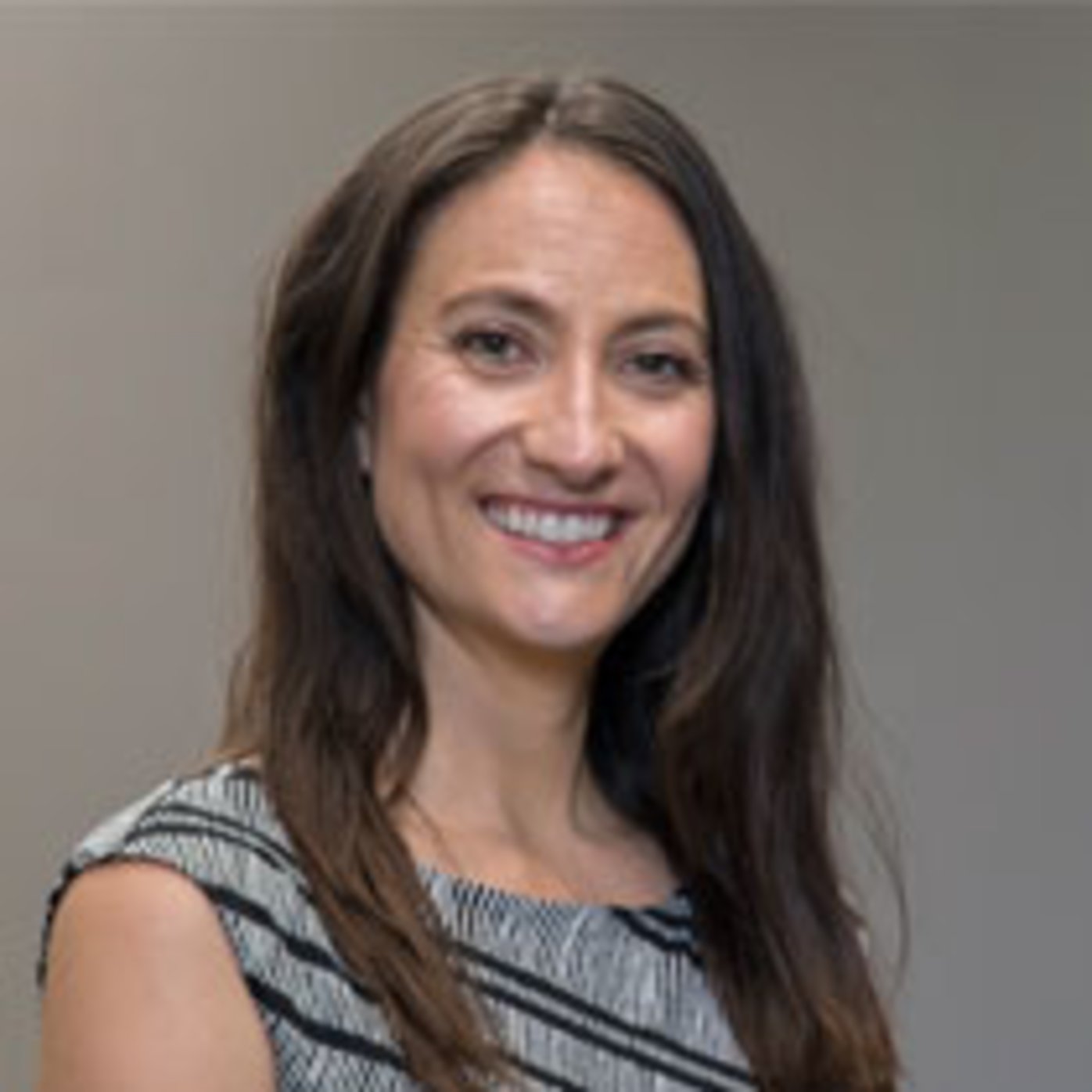
A wife’s life-saving Valentine’s Day gift
When her husband of 36 years required a kidney transplant, Yolanda Bobadilla turned out to be a perfect match.
Back in the early 1990s, America’s favorite fictional doctor was a plucky teenager named “Doogie Howser, MD.” But had the medical prodigy become a physician today, there’s a good chance he’d have different initials after his name — DO.
DO, which stands for doctor of osteopathic medicine, is a medical degree gaining popularity among U.S. doctors. The number of DOs has increased 65 percent over the last decade, and today accounts for about 1 in 10 doctors.
But what is a DO? And how is it different from an MD?
In practice, there is not much of a variation between the two types of doctors, and patients should feel comfortable choosing either, says Dr. Geoff Stiles, an MD and chief medical officer of Sharp Memorial Hospital.
Both MDs and DOs are licensed doctors who have the same ability to practice medicine and surgery in the United States, he says. They receive similar education: college, followed by four years of medical school, then accredited residences and fellowships. They must also pass rigorous certification exams to be considered board-certified in their specialties.
One difference lies in a DO’s philosophy of care, says Dr. Jessica Adeleke, a DO and board-certified family medicine physician with Sharp Rees-Stealy Medical Group.
As part of their medical education, DOs receive focused training in the musculoskeletal system — the body’s interconnected system of nerves, muscles and bones — with extra attention on illness prevention, and how a patient’s lifestyle and environment can affect their health.
“I address the body as an integrated whole — looking at how it functions together and its innate ability to heal itself,” Adeleke says.
The concept of osteopathic medicine emerged in the U.S. in 1874 when Dr. Andrew Taylor Still pioneered the idea of “wellness” in addition to the importance of treating illness within the context of the whole body. He developed a technique called osteopathic manipulation, which involves using the hands to diagnose, treat and prevent illness or injury. Some DOs still use this method as part of their patient care.
Today, DOs can practice in any medical field, including primary care and specialties. There are more than 200 DOs affiliated with Sharp HealthCare.
Dr. Craig Larson is the only board-certified cardiothoracic surgeon at Sharp who holds a DO degree. Though the complexity of heart surgery doesn’t allow him much room to integrate the DO philosophy, Larson says he keeps the values in mind, especially when meeting face-to-face with patients.
Dr. Audra Budde, a DO and board-certified family medicine physician with Sharp Rees-Stealy, says patients often ask about her medical degree.
“When I explain what having a DO means, they are appreciative for the information,” Budde says. “But I think the most important thing for patients is to have a doctor they can connect with and who cares deeply for them.”
For the news media: To talk with a Sharp-affiliated doctor about the MD or DO medical degree for an upcoming story, contact Erica Carlson, senior public relations specialist, at erica.carlson@sharp.com.

The Sharp Health News Team are content authors who write and produce stories about Sharp HealthCare and its hospitals, clinics, medical groups and health plan.

Dr. Geoff Stiles is an MD and chief medical officer of Sharp Memorial Hospital.

Dr. Jessica Adeleke is a family medicine doctor with Sharp Rees-Stealy Medical Group.
Our weekly email brings you the latest health tips, recipes and stories.